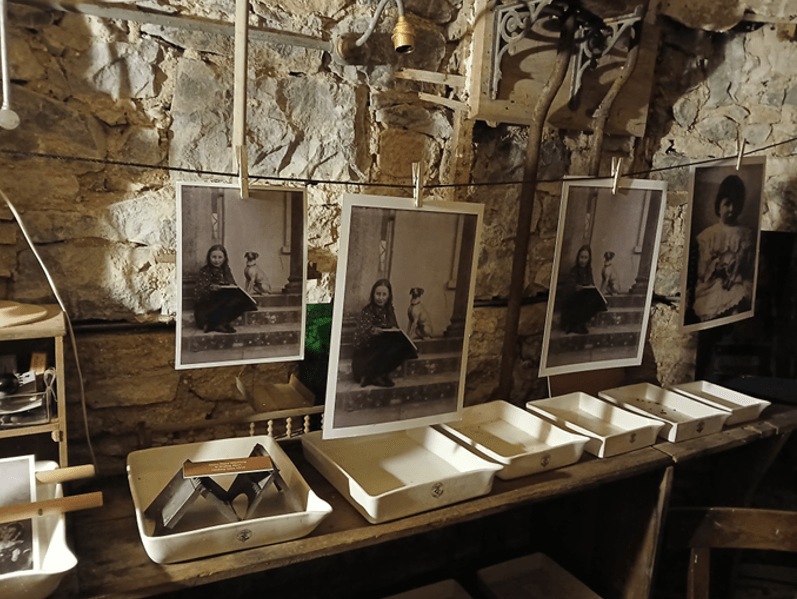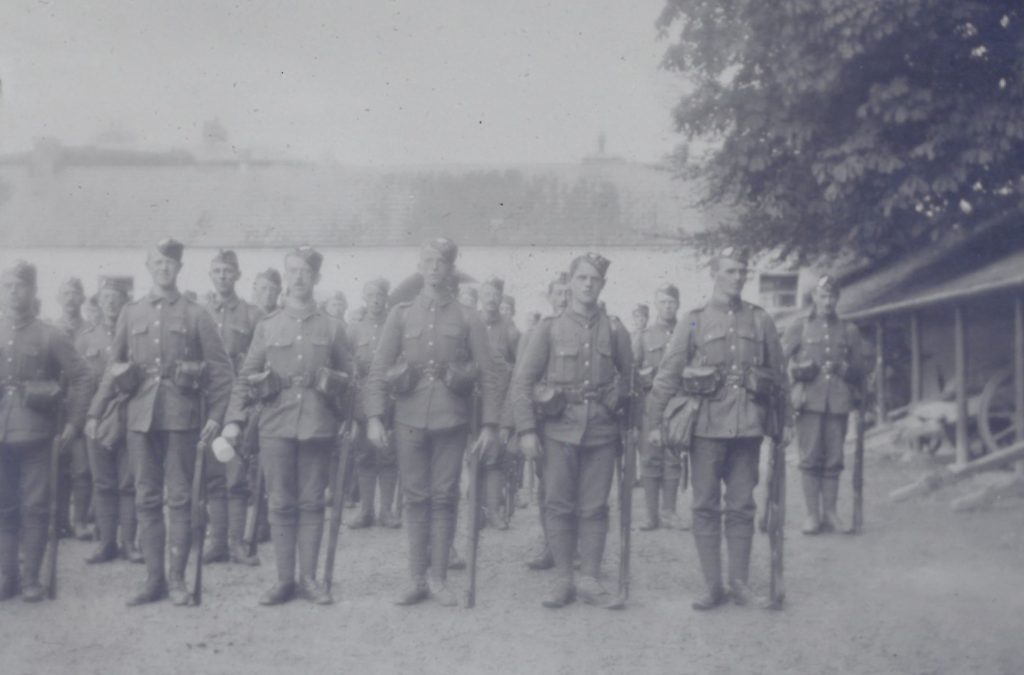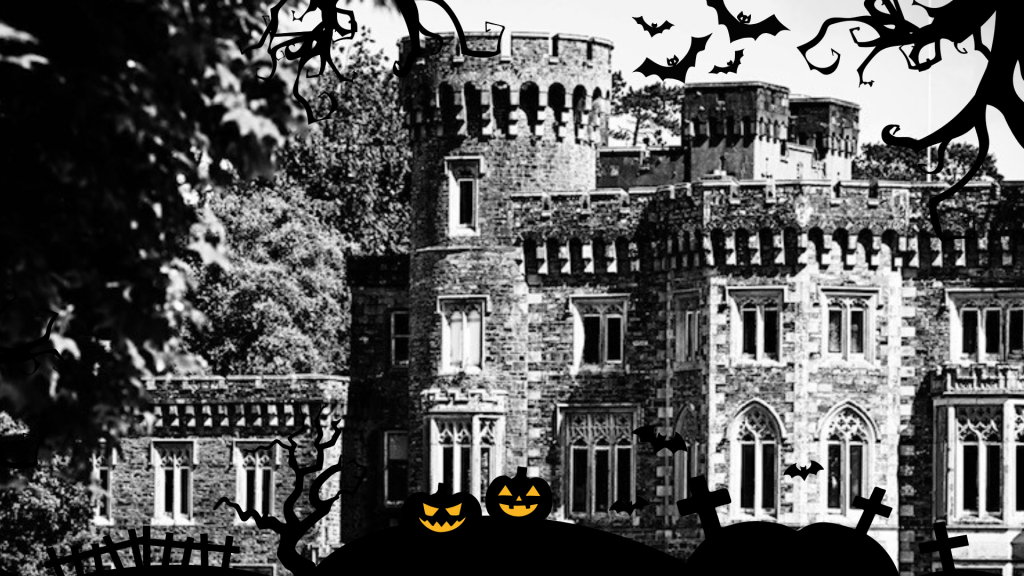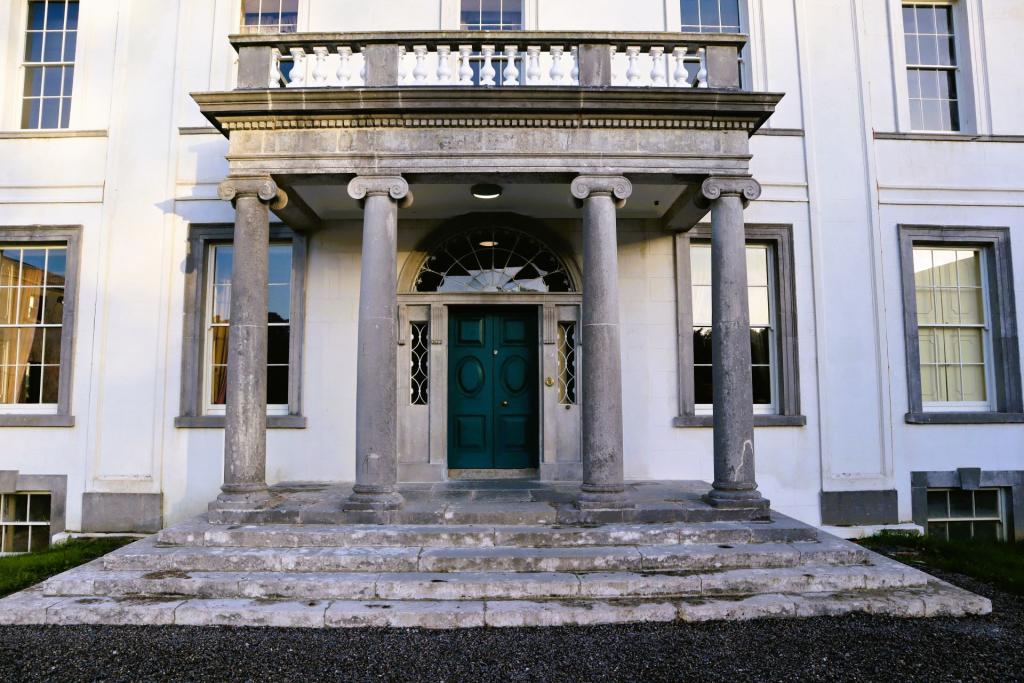A new exhibition has been launched at Strokestown Park House in the last preserved 18th-century gallery kitchen in Ireland. Titled “Food, Feasts and Footmen”, the exhibition sheds light on servant life through displays and informative narratives highlighting kitchen workspaces, food preparation, and serving. It also highlights the contrasting existences of the gentry in the dining room.
Unique Gallery Kitchen
The unique gallery kitchen was concealed behind partition walls until its rediscovery in the early 1980’s. The exhibition’s engaging interpretation allows visitors to gain a practical understanding of servant life and downstairs in the ‘Big House’. This new dimension to the guided tour of Strokestown Park’s Palladian House also includes insights into the tasks performed by predominantly female kitchen staff and the strict hierarchical rules they abided by.
Drawing from the records left by Strokestown Park’s last resident, Olive Pakenham Mahon, who lived there until 1980 – the exhibition was also meticulously researched from records in the National Library of Ireland. It also examines the decline of servant numbers in Irish society after World War I.
Curated by the Irish Heritage Trust, this fascinating exhibition has been supported by funding from the Regional Exhibition Scheme (2023) of the Department of Tourism, Culture, Arts, Gaeltacht, Sport, & Media, and from Westward Holdings, the owner of the property.
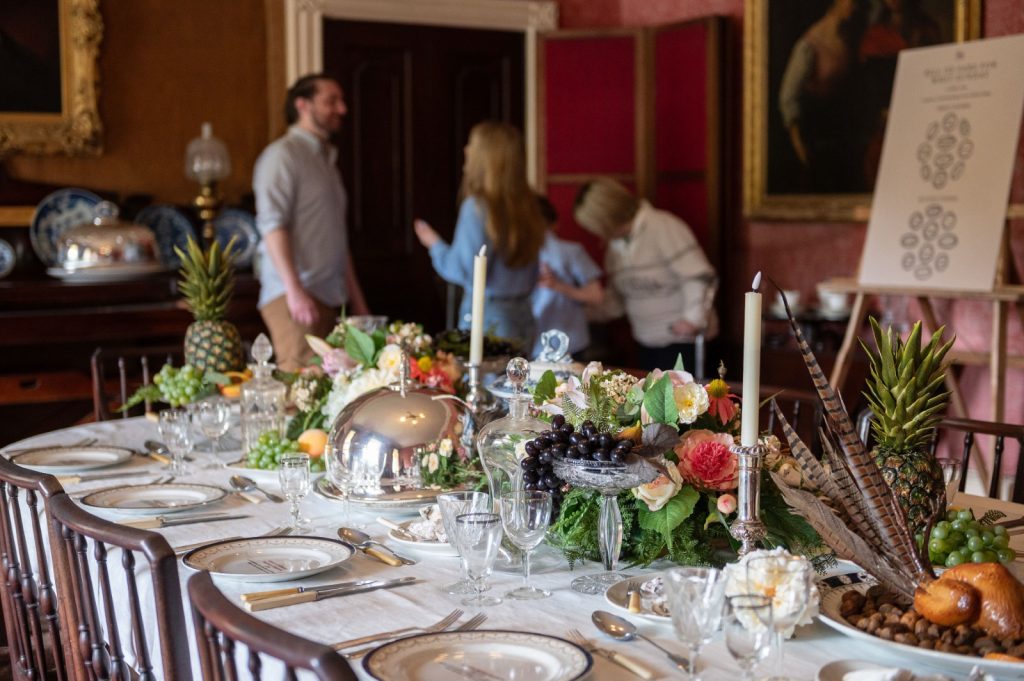
Another Dimension to Strokestown Park’s History
John O’Driscoll, Irish Heritage Trust General Manager at Strokestown Park & the National Famine Museum says, “We are delighted to reveal another dimension of Strokestown Park’s rich history and to honour the often-overlooked contributions of its invisible servants. It is fitting that we launch this exhibition during the week of the Commemorative National Famine Walk from Strokestown. It highlights the “parallel lives” of those on the Estate, similar to the narrative of the redeveloped National Famine Museum at Strokestown Park”.
Constructed in the 18th century, the Gallery Kitchen at Strokestown Park House was designed by the architect Richard Castle. It boasts elaborate ranges, ovens, mechanised roasting spits, and smokers – all impeccably preserved alongside an extensive collection of original kitchen
equipment spanning the 18th to 20th centuries.
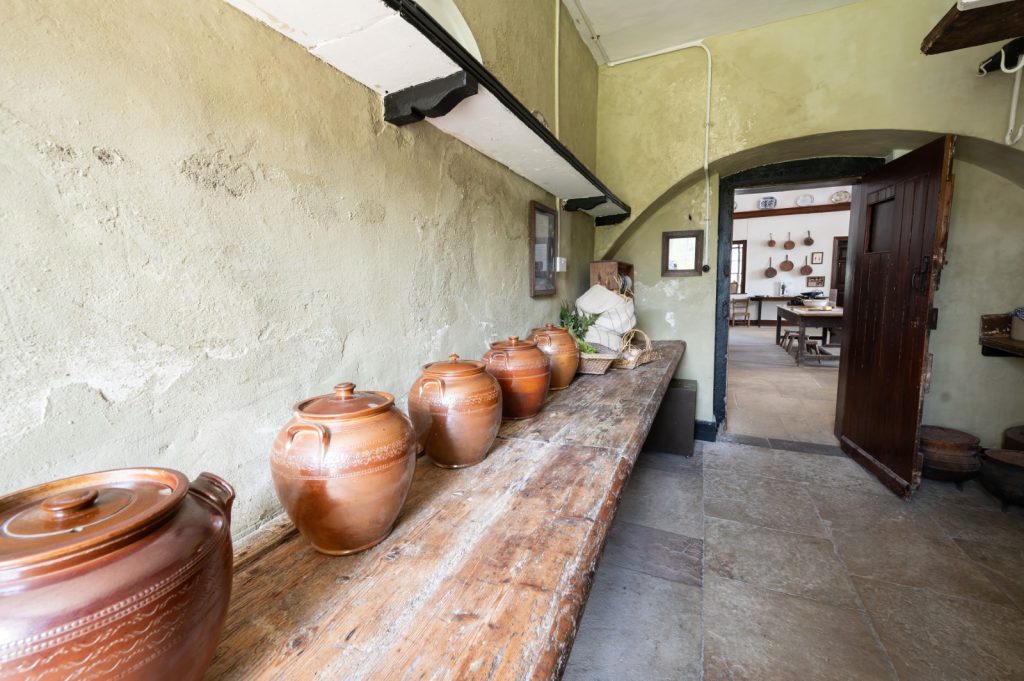
Renowned food and culinary historian at University College Cork, Regina Sexton, shares her enthusiasm for working on the project. “It was my great pleasure to work on the kitchen culture at Strokestown Park House with the Irish Heritage Trust. The house’s kitchen complex is a historical gem for Ireland, as are the gardens. The exhibition not only delves into the culinary intricacies of the gentry but also explores the contrasting diets of the wealthiest class, the middle classes and the poorest subsistence-level cottiers on the Strokestown Estate”.
Strokestown House Park and The National Famine Museum is open 7 days a week.
Why Heritage House Interpretation Matters
Interpretation is the way we make our properties and their collections accessible for visitors. It involves process that help to convey the historical, cultural, and social significance of the property and its contents. This creates an engaging and educational experience and helps visitors understand and appreciate the stories behind these special heritage places.
Caring for the property since 2015, the Irish Heritage Trust has undertaken substantial conservation, restoration and interpretative works at Strokestown Park House. The Trust also worked with Fáilte Ireland to redevelop the National Famine Museum which reopened onsite in 2022. When you visit or purchase a gift or snack, you are contributing to our work to share these stories.
This exhibition has been supported by the Department of Tourism, Culture, Arts, Gaeltacht, Sport and Media under the Regional Museum Grant 2023



